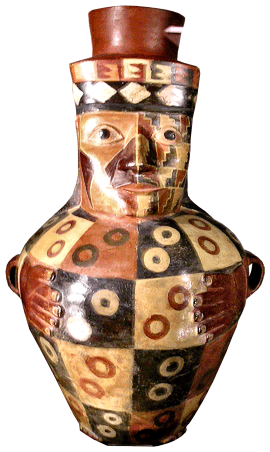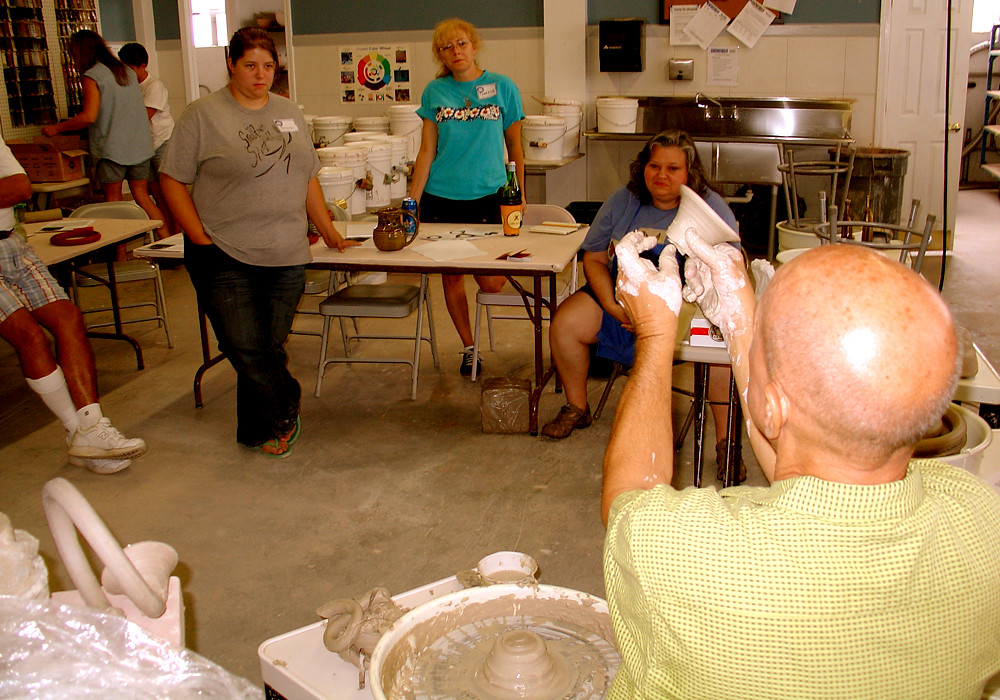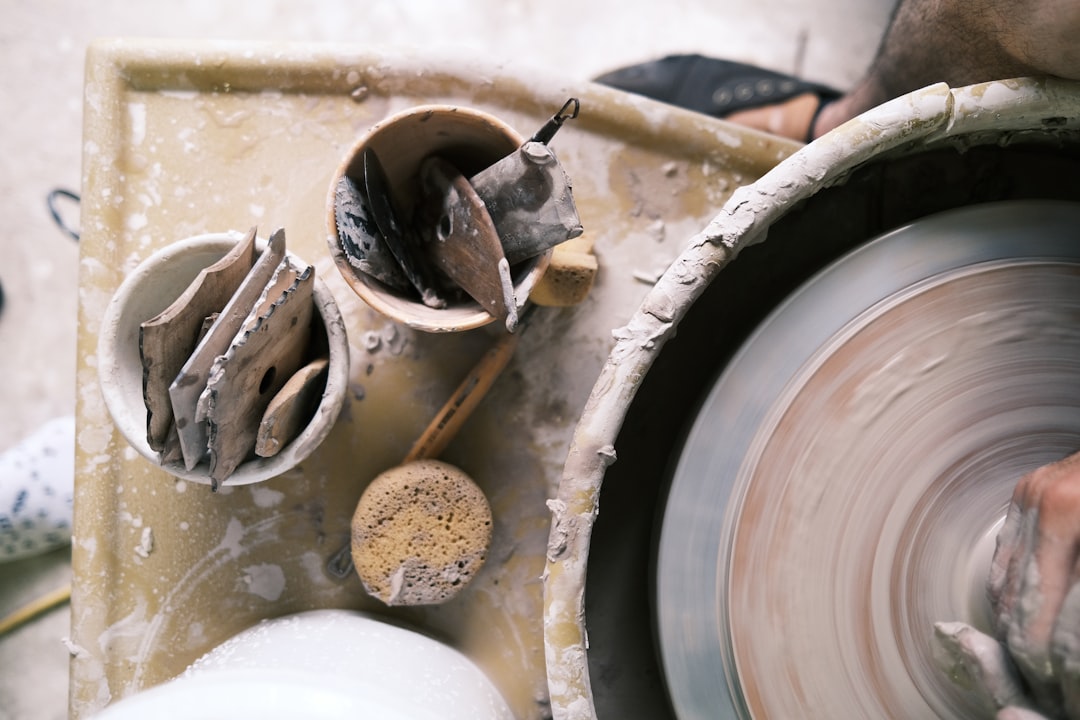To make ceramics is to embark on a creative journey that involves transforming raw materials into beautiful and functional pieces. This ancient art dates back to early human civilization and has evolved over time to incorporate a multitude of techniques and styles. Whether you’re a novice or an experienced potter, understanding the fundamental types of ceramics and the various methods to shape and decorate your creations can help elevate your craft to new levels. Below is a table that highlights different types of ceramics, their characteristics, and common use cases to help guide your exploration and experimentation.

| Type of Ceramic | Characteristics | Common Uses |
|---|---|---|
| Earthenware | Porous and less durable | Decorative pottery, planters |
| Stoneware | Dense, non-porous, durable | Tableware, ovenware |
| Porcelain | Translucent, high vitrification | Fine china, vases |
Getting Started with Ceramics
Diving into the world of ceramics can be both exciting and overwhelming. One of the first steps is selecting the right type of clay. Each variety has its own unique properties. Earthenware is ideal for beginners due to its forgiving nature and ease of use. However, if durability is your goal, stoneware might be the better option as it holds up well for functional pieces like dishes and mugs. For those aiming to create delicate, artistic pieces, porcelain is the way to go—though it can be more challenging to work with.

Mastering Techniques
Once you’ve chosen your clay, the next step is to hone your craft techniques. Here’s where the real artistry happens. The wheel-throwing method might mesmerize you; it’s a classic technique where the potter’s wheel spins as you shape the clay with your hands. It’s perfect for creating symmetrical objects like bowls and mugs. Alternatively, hand-building techniques such as pinching, coiling, and slab construction offer creative freedom for more organic and unique shapes. Each method can produce stunning results, so experiment to find what works best for you.

- Wheel-Throwing: Ideal for creating round and symmetrical forms.
- Hand-Building: Offers flexibility for unique, custom designs.
- Glazing: Adds color and a glossy finish to final pieces.
Decorating Your Creations
With your form established, it’s time to bring your artistic vision to life with decoration. Glazing is a popular method, offering endless possibilities in terms of color and texture. But don’t stop there; carving and texturing can add an interesting dimension to your work. Engobe, a liquid clay slip applied to the surface before the pieces are fired, allows for imprints and patterns. You can also experiment with underglazes for detailed painting or sgraffito for a layered effect.

Understanding Firing
Finally, the firing process transforms your raw creation into a hardened masterpiece. It’s essential to understand kiln temperatures and the effects they have on different clays. Earthenware is typically fired at lower temperatures, making it easier for beginners, while stoneware and porcelain require higher temperatures to achieve their dense, vitrified state. Remember, this step is crucial for both functionality and aesthetics; firing not only fortifies the material but also enhances colors and textures.

Whether you’re crafting a piece for your home or aiming to sell your work, these insights into ceramic art can help guide you. What type of ceramics are you eager to try next? Leave a comment below to share your thoughts and experiences with other ceramic enthusiasts!
For more information and inspiration on ceramics, explore our recent articles and content.
Learn the Entire Pottery Process at Home
To further explore the art of making ceramics, check out Lolita Olympia’s YouTube video where she demonstrates the full start-to-finish process of hand-building pottery at home without using a wheel.
How Do We Make Ceramics?
Creating ceramics begins with simple, natural ingredients—clay, earthen minerals, and water. Artists can shape these materials by handbuilding, wheel-throwing, or using molds, crafting everything from functional dishes to ornamental sculptures. Once formed, each piece is carefully dried and then fired in a kiln at high heat to achieve a strong, lasting finish.
What Is Making Ceramics Called?
Pottery is the term for both the clay-shaping process and the final, fired pieces. It involves transforming raw clay into objects that gain durability and beauty after firing at high temperatures. Pottery encompasses several main categories—earthenware, stoneware, and porcelain—each offering unique textures, firing ranges, and artistic possibilities.
Embarking on the journey of making ceramics is not just about creating beautiful pieces; it’s about expressing your creativity and connecting with an age-old tradition that has shaped human artistry for centuries. Whether you’re a seasoned potter or just beginning, the process offers endless opportunities for personal growth and satisfaction.
Thanks for joining me on this ceramic adventure! I'd love to see your creations and stay connected, so feel free to follow me on Instagram. Let's keep sharing our passion and inspiring each other!
